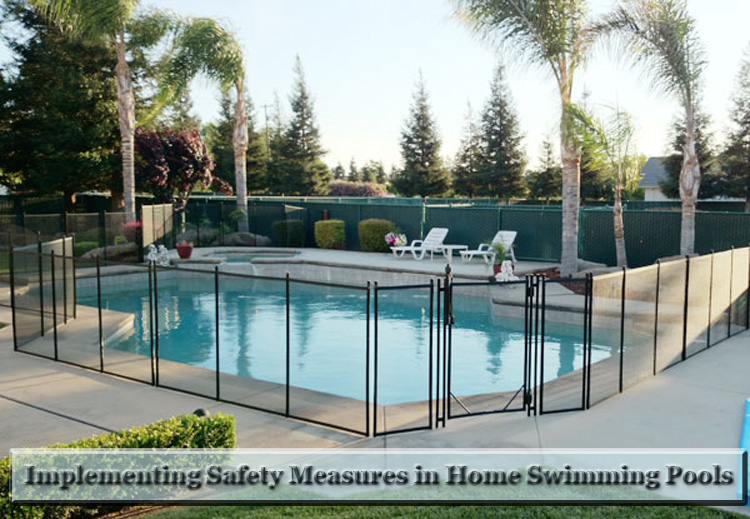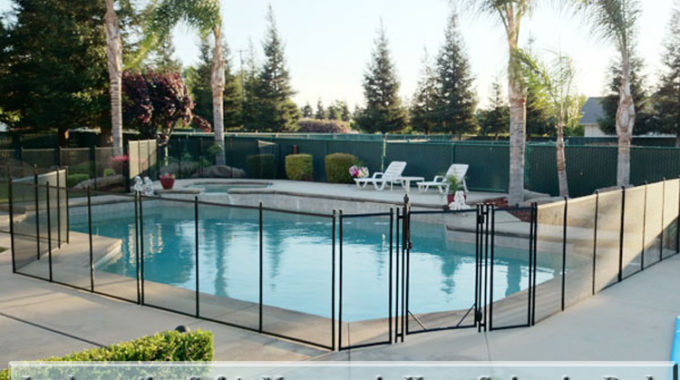People build their swimming pool at home to create a space for their family and friends to enjoy. Sadly, over the years many Australian households have encountered pool-related accidents resulting in drownings and death more commonly with children.
There are standards for pool barriers that can help avoid most accidents. These standards are not meant as the sole technique to decrease pool drowning of young children but include helpful safety ideas for much safer pools.

How common are pool-related accidents involving children?
It is estimated that each year, about 300 children under the age of 5 drown in a pool. Hospital emergency-room treatment is needed for more than 2,000 children under five who figured in an accident at a home swimming pool.
In Sydney and Brisbane, drowning was the leading reason for accidental death around the house for kids under the age of 5. 75% of children associated with swimming pool submersion or drowning mishaps were in between 1 and three years old. These kids are the most likely victims of fatal drownings and near-fatal submersions in a residential pool.
Most of the victims were in the existence of one or both parents when the pool accident happened. Nearly half of the kid victims were last seen in your home before the pool accident occurred. Also, 23% of the mishap victims were last seen on the deck or outdoor patio, or in the yard.
What can be done about it?
The circumstances described above implies that 69% of the children who became victims in swimming pool mishaps were not anticipated to be in or at the pool, however, were discovered drowned or submerged in the water.
65 % of the accidents happened in a pool owned by the victim’s immediate household, and 33% of the mishaps occurred in swimming pools held by family members or peers. In rare cases, pool-related accidents involve children trespassing on residential or commercial property where they don’t reside. About 77% of pool mishap victims had been missing for 5 minutes or less before they were found submerged or drowned in an unsecured pool.
The speed with which pool drownings and submersions can happen is a particular concern: by the time a kid’s absence is kept in mind, the kid may have drowned. Anyone who has taken care of a young child understands how fast children can move. Toddlers are analytical and impulsive and lack a realistic sense of risk. These habits, paired with a child’s capability to run rapidly and unexpectedly, make swimming pools especially dangerous for families with kids.
Pool drownings of young children have another particularly insidious attribute in that victims are generally subjected to silent deaths. It is unlikely that splashing or screaming underwater will alert parents or guardians nearby when they are in distress.
Having considered the risks, it is evident that the best thing one can to mitigate cases of accidental drowning is to implement regular pool fence inspections in Brisbane . Such reviews can give pool owners advice on how to best build and achieve barriers that prevent children from gaining access to pools. These safety measures and vigilance among parents and guardians can go a long way towards reducing cases of unfortunate and heartbreaking accidents involving swimming pools and children.














